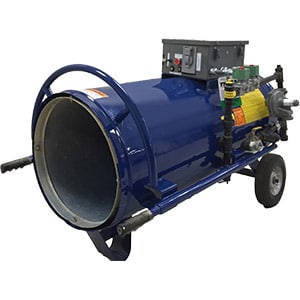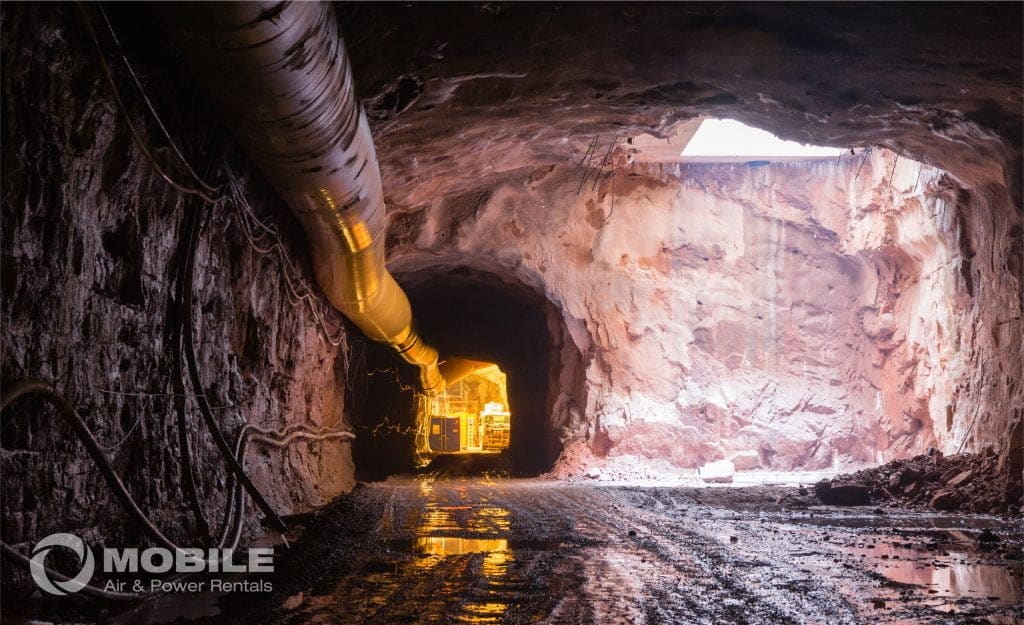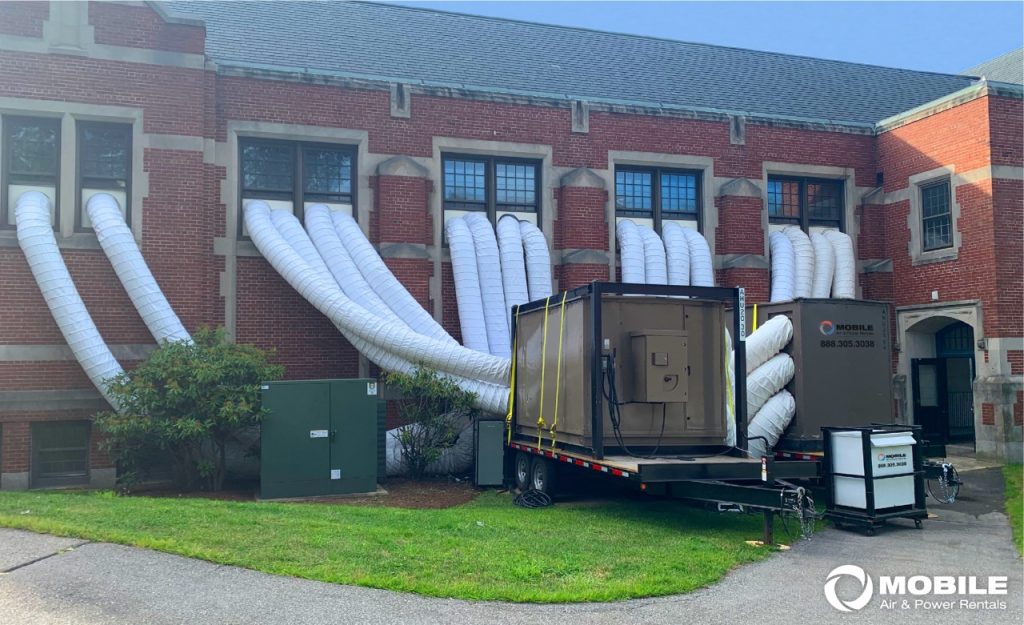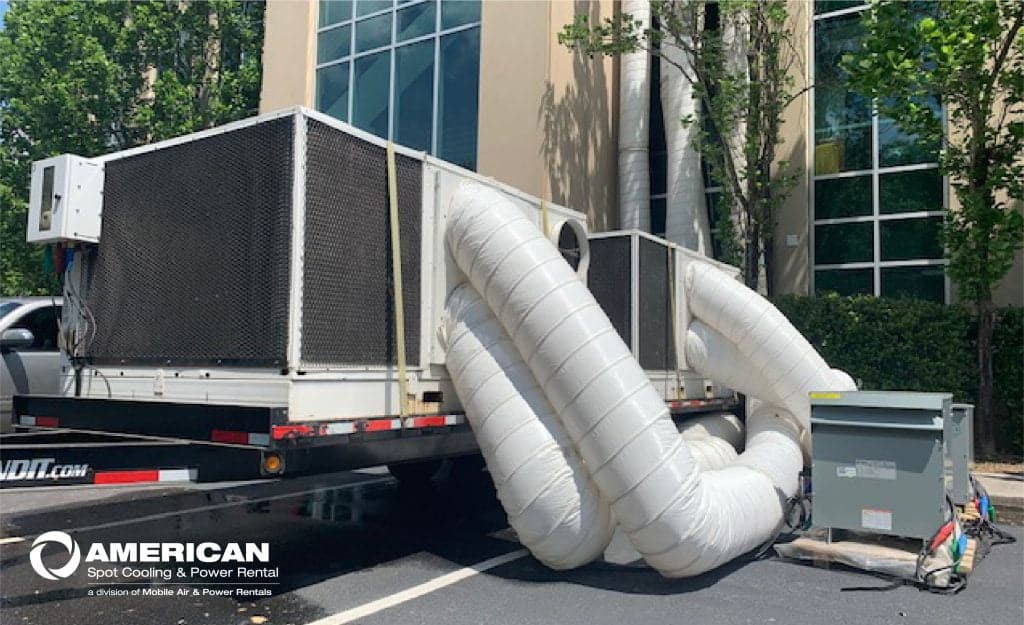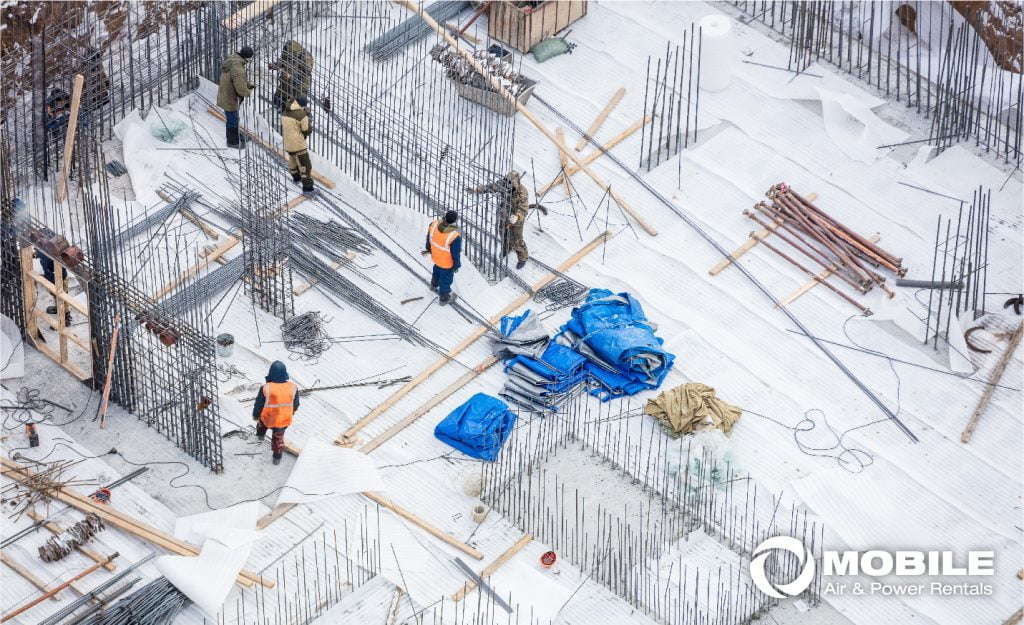When it comes to providing heat for any HVAC related project, determining the requirements and optimal heating source is important. In many cases, the source is either direct or indirect fired tube heaters that will help bring warmth to the desired area.
In the following, we will provide a brief overview of the different types of tube heaters, some advantages and disadvantages of each, and additional information that will help you evaluate the different factors. For many, direct fired heaters are more efficient and less expensive but there are certain situations that indirect fired heating is preferred.
An Overview of Direct Fired Tube Heaters
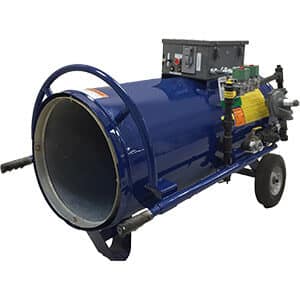 Direct fired tube heaters include an open flame that allows for a safe method of heating. Used in industrial and commercial applications, natural gas or propane is typically used, similar to patio heaters that you may use or have seen at restaurants. Gas is fed to the burner and the airstream supplies the necessary oxygen to allow the combustion to take place.
Direct fired tube heaters include an open flame that allows for a safe method of heating. Used in industrial and commercial applications, natural gas or propane is typically used, similar to patio heaters that you may use or have seen at restaurants. Gas is fed to the burner and the airstream supplies the necessary oxygen to allow the combustion to take place.
Benefits and Advantages of Direct Fired Tube Heaters
For many projects, the efficiency of direct fired tube heaters makes them an attractive choice. Because fuel is converted to heat, overall operating costs are minimized. Next, direct fired heaters provide more temperature control than their counterparts. In addition, life expectancy of the equipment is longer than indirect fired heaters.
Besides that, the smaller size, flexibility, and simplicity of these units often provide more benefits for both installers and clients who are making a long term investment.
Disadvantages of Direct Fired Tube Heaters
Because direct fired tube heaters allow combustion products into the air, specific ventilation is required to avoid costly and potentially deadly issues. This, along with the by-products of the combustion, may be disallowed by certain building regulations.
Next, outside air needs to be used for proper combustion which can cause concerns over reheating. Finally, direct fired tube heaters there are limitations to where the burner can and cannot be used for other safety reasons.
An Overview of Indirect Fired Tube Heaters
Indirect fired tube heaters are manufactured to provide clean air to indoor environments by using either natural gas or LP gas. These units heat air which passes over the heat exchanger which allows for combustion. This type of functionality is very similar to a gas furnace with a chimney and flue exhaust.
Benefits and Advantages of Indirect Fired Tube Heaters
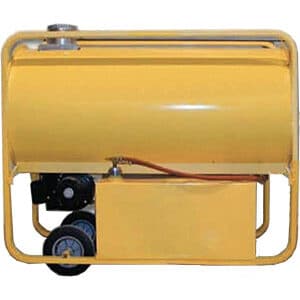 Indirect fired tube heaters offer a few advantages over direct fired, including their reheating ability. Since all of the air can be recirculated, there are no combustion byproducts to worry about. This is one of the major factors that can sway a decision, especially for arenas, offices, schools, healthcare facilities, and others.
Indirect fired tube heaters offer a few advantages over direct fired, including their reheating ability. Since all of the air can be recirculated, there are no combustion byproducts to worry about. This is one of the major factors that can sway a decision, especially for arenas, offices, schools, healthcare facilities, and others.
Additionally, indirect fired heaters have more flexibility in terms of cooling coils. Since the air is not passing through an open flame, the danger of leaking refrigerant creating a toxic gas allows them to be used downstream of a direct expansion cooling coil.
Disadvantages of Indirect Fired Tube Heaters
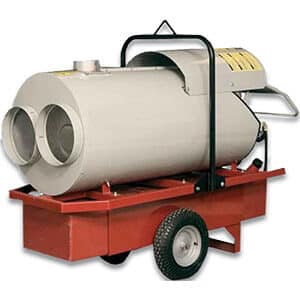 Although indirect fired tube heaters are attractive for certain applications, their lower efficiency and heat loss are a noticeable disadvantage. In addition, higher equipment costs can sway some to choose direct fired heaters instead.
Although indirect fired tube heaters are attractive for certain applications, their lower efficiency and heat loss are a noticeable disadvantage. In addition, higher equipment costs can sway some to choose direct fired heaters instead.
Indirect heaters are also more complex to install and maintain, are larger in overall size and footprint required, and are less flexible than direct fired heaters.
By using this overview of direct versus indirect fired tube heaters, you now have the knowledge to help weigh the various factors and make a wise decision that best suits your needs. Still have questions or are looking for temporary heating solutions? Give Mobile Air and Power Rentals a call at 888-305-3038, our trained and knowledgeable team is happy to help you determine the best options.
